Not putting our light under a bushel but… we are also constantly learning, and here is a case where that is very true, working with Cargill a producer of for example, sustainable, locally resourced candle making ingredients.
The goal for Cargill is to be able to provide the best blends of waxes to make candles from pure natural and sustainable origin. The best blend is the one that can be melted and poured with as low temperature as possible, that cures homogeneously with no shrinkage or cracks and that stays stable without blooming or frosting appearance, and that burns long with as little soot as possible. All but the last property can be correlated to the crystallinity and crystallisation over time of the waxes. Thus, the goal for the collaboration with CR is to understand when and why the crystallisation start and if there are smart ways to interfere with this process.
Burning the midnight oil
The craftsmanship of candle making is impressive and CR has had to learn a lot from Cargill experts to be able to produce the samples for these studies in order to not make the wrong deductions from possibly faulty processing. After a lot of melting and molding we had control of our process and could prepare to learn about the chemistry… We decided to select samples carefully based on a hypothesis of the crystallinity process derived from a literature study and discussions with our client.
The samples were made according to the candle-making process and studied using
- Texture Analysis
- XRPD (X-ray Powder Diffraction)
- Polarized Microscopy
- DSC (Differential Scanning Calorimetry)
Crystallisation under the spotlight
With the results from the combined methods applied and the set of samples selected, we could conclude that there was a clear effect of a specific additive on both crystal structure and percentage of the same, which also correlated to the mechanical properties observed. A new hypothesis on how this additive act on the packing of the molecules could be put on the table and will be the starting point for further product development efforts. Even more importantly, a set of study protocols have been developed and evaluated when new materials are to be introduced and developed.





